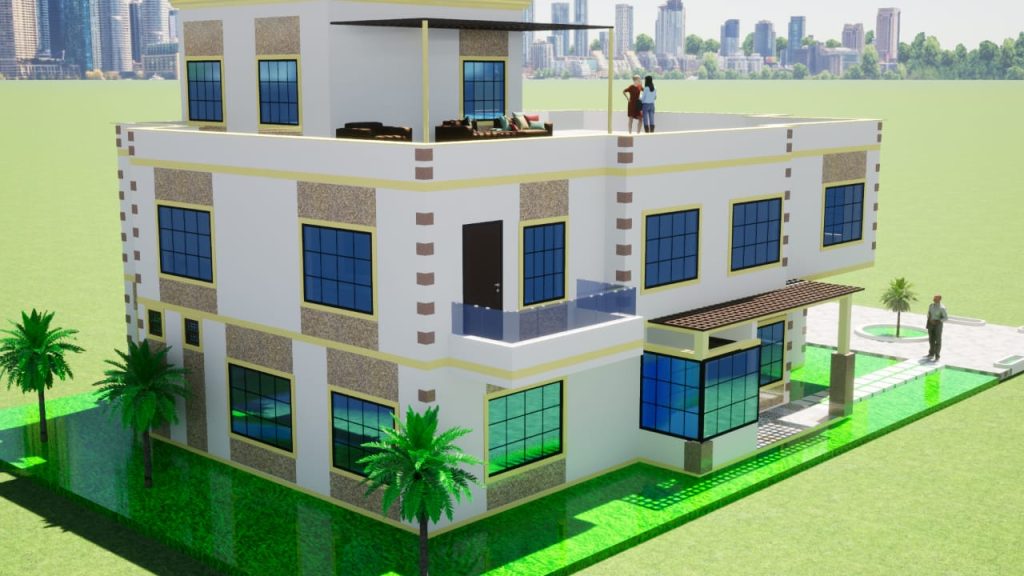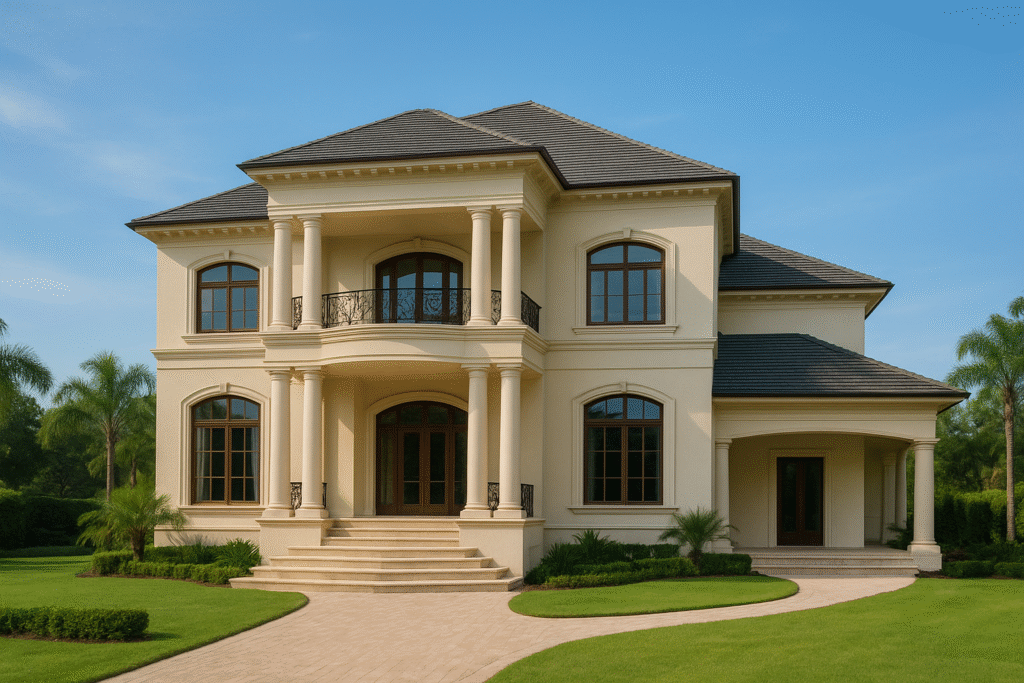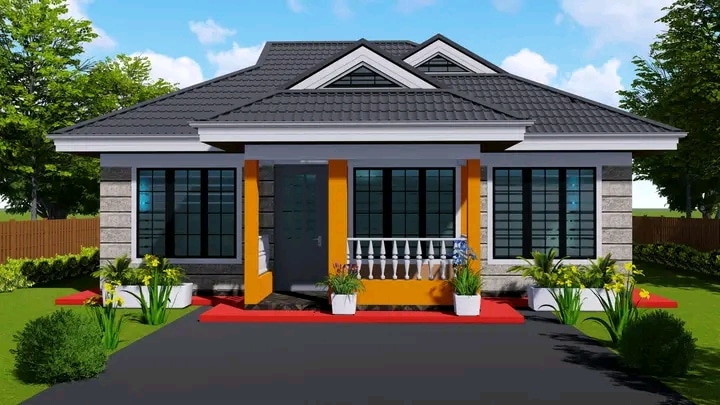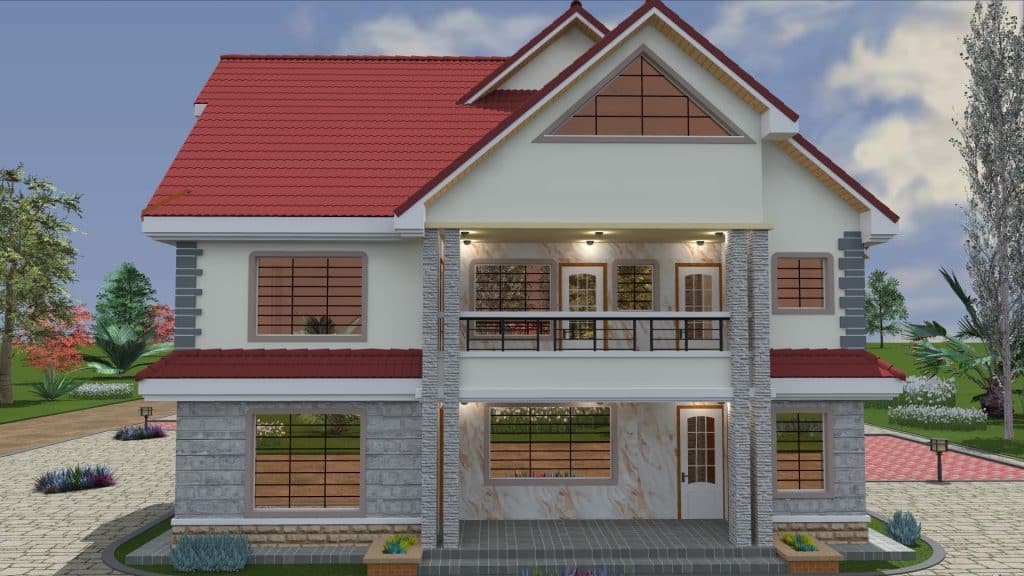Affordable townhouse construction in Kenya
Build affordable townhouses in Kenya with confidence — learn realistic cost ranges per m², a granular bill-of-materials, regional price variations, cost-saving construction methods, financing options for middle-income buyers, developer ROI examples, and a ready checklist to get quotes and start building.
Introduction — Affordable townhouse construction in Kenya
If you’re planning affordable townhouse construction in Kenya, this guide will walk you step by step. You’ll see real cost estimates, cost-saving design ideas, financing options, and how to manage contractors. Whether you’re a developer or individual investor targeting middle-income housing in Kenya, this article equips you to act.
Why build townhouses for middle-income buyers in Kenya
Developing affordable townhouses in Kenya addresses a huge gap in the housing market. Many middle-income buyers can’t afford standalone houses, so townhouses offer a compact, efficient alternative.
Government support through Affordable Housing schemes makes this a viable business.
You’ll capture demand from urban professionals, local employees, and families seeking home ownership with smaller footprints.
Demand drivers: urbanisation, rental pressure & the affordability gap
Kenya is urbanising faster than many realise. More people move into cities, increasing demand for housing near jobs. But the cost of land and full houses pushes many into rentals. Townhouses bridge the gap — more affordable than houses but with home ownership potential.

Policy & programs supporting affordable housing
The Kenyan government supports housing via programs like Boma Yangu and the Affordable Housing Programme. These offer incentives such as reduced rates, tax reliefs, or partnerships to developers. They can lower costs and make your affordable townhouse construction project in Kenya more bankable.
Typical buyer profile & financing appetite
Your target buyer is someone earning a middle income: formal sector workers, middle cadre civil servants, or salaried employees. They often prefer monthly repayment plans or rent-to-own. Understanding their cash flows helps you design payment schedules that sell
How much does a townhouse building cost in Kenya — headline figures
Here’s a quick summary of what to expect when doing affordable townhouse construction in Kenya. These ballpark figures help you to scope and judge quotes.
Current per square meter ranges (basic / standard/premium)
Construction cost per square metre in Kenya today ranges from about KES 35,000 (basic finish) up to KES 55,000+ (higher quality finishes), depending on region and materials. In Nairobi and central Kenya, the rates tend to be on the upper end, while in peripheral towns, you may see lower bands.
Example: 2-bed and 3-bed townhouse cost estimates
A 2-bed townhouse of 90 m² built at KES 40,000/m² would cost ~ KES 3.6 million, excluding land. A 3-bed townhouse of 120 m² at KES 45,000/m² would cost ~ KES 5.4 million. These are rough ballpark figures to guide your budgeting and comparisons
Regional price differences & market pricing
Costs and pricing differ widely across countries. Knowing local bands helps you price strategically.
Nairobi, Kiambu, Mombasa, Kisumu & emerging towns
In Nairobi, expect higher land and material transport costs, pushing per m² rates upward by 10–25%. Kiambu may be slightly lower but still close. Mombasa faces marine shipping premiums, Kisumu may be somewhat cheaper, and satellite towns are even lower. Always add a buffer for logistics and delays.
Choosing locations that match affordability
Pick sites near transport arteries and services—bus routes, roads, schools, and clinics. A location too remote may kill demand even if your price is low. You need balance: land cheapness vs market access.
internal link suggestions: “Kenya county construction cost differences,” “emerging satellite towns Kenya housing demand”
Detailed cost breakdown (what you’ll actually pay)
A strong developer or buyer knows each cost line. This reduces surprises in your affordable townhouse construction in Kenya project.

Land cost, acquisition & legal fees
Land often forms 20–30% of the total cost. You must budget for survey, transfer, stamp duty, legalisation, title searches, and possibly subdivision. In many counties, stamp duty is 4% of the value; legal and registration fees add more.
Site preparation, access roads & surveys
Clearing, cutting, levelling and drainage work can be expensive on difficult terrain. Also, budget for soil tests, geotechnical reports, site boundary roads, and enabling works.
Foundations, structure & walling
Foundation types depend on soil — shallow strip, raft or piles. Then walls: interlocking blocks, hollow blocks or reinforced concrete. Each choice affects cost and durability.
Roofing, windows, doors
Roofing includes trusses, sheets, underlayment, and flashings. Windows and doors vary by material (aluminium, UPVC, timber). These elements must balance cost, durability, and aesthetics.
Finishes & fittings: low, mid & high lines
Floors, wall plaster, tiles, paint, kitchen cupboards, sanitary wares, built-in wardrobes — pick a “standard middle finish” for affordability. You may offer upgrade lines.
MEP: plumbing, electrical, water & sewer connections
You must include piping, wiring, water tanks or mains hookup, drainage, septic vs sewer mains. MEP is often underestimated in many projects.
External works, parking, boundary walls & drainage
Paved walkways, parking slabs, gates, landscaping, stormwater drainage and perimeter walls all add up. Don’t neglect them.
Professional fees, approvals & permits
Architects, structural & services engineers, quantity surveyors, NEMA, county building permits — expect 8–12% overhead. Also contingency for delays or changes.
Contingency, inflation buffer & VAT
Add at least 5–10% contingency for surprises and 3–5% for inflation shifts. In Kenya VAT (currently 16%) may apply to some inputs
Bill-of-Materials sample + downloadable budgeting workbook
A concrete BOM helps you convert per m² estimates into real cost lines. You can use this as a lead magnet for your audience.
Sample BOM for a 2-bed townhouse unit
Here’s a simplified BOM for a 2-bed (90 m²) townhouse:
- Cement bags, steel bars, aggregates, sand, blocks — quantities and unit rates
- Roofing materials, doors, windows
- Electrical wiring, plumbing fittings
- Tiles, paint, sanitary fixtures
This BOM gives you line-by-line clarity and helps compare contractor quotes.
Convert to a developer pro-forma and budget workbook
Use that BOM in a downloadable Excel/CSV sheet. Include formulas that convert unit rates into totals, allow “upgrade factor” sliders, and compute margins. Embed a CTA to download this workbook.
internal link suggestions: “download BOM template Kenya,” “developer pro forma housing Kenya”
Design & construction strategies to cut costs
Smart design and method choices can reduce cost without reducing quality. Let’s discuss what works in Kenya’s context.
Standardised/modular layouts for repeatability
Use one or two floor plans repeated across units. Repetition reduces architectural and contractor overhead, and bulk buying of materials. Modules also help scale.
Modern methods of construction (MMC)
Consider precast slabs, interlocking blocks, prefabricated staircases, and fibre cement boards. MMC reduces labour on-site and shortens the schedule.

Material substitutions that lower CAPEX
Swap expensive finishes for lower-cost but durable alternatives. For example, use polished concrete instead of premium tiles, or fibre cement boards for ceilings.
Operational cost savings & sustainability
Design for solar readiness, rainwater harvesting, and energy-efficient lighting. Buyers will value low operating costs, which helps sellability
Procurement, contractors & build management
Procurement and contract strategy often dictate whether you stay on budget.
Tendering: pack, evaluate & shortlist contractors
Prepare clear RFPs with drawings, specs, quantities, and payment schedules. Evaluate on experience, cost, quality, and financial stability — not just the lowest bid.
Contracts & payment schedules
Use milestone payments (foundation done, structure done, roof done, finishes). Retain a small percentage (5–10%) until final handover. Include delays, change orders, and penalties.
Quality control & snagging checklist
Set up quality checkpoints at every stage. Use snag lists before moves. Document and photograph issues, require contractor punch list fixes
Construction timeline & phasing
A clear schedule ensures you hit milestones and manage cash.
Typical schedule phases
A sample timeline: site prep (2–4 weeks) → foundations & substructure (4–6 weeks) → superstructure (walls, slabs) (4–6 weeks) → finishes & MEP (6–8 weeks) → external works & snagging (2–4 weeks). Adjust per unit size and scale.
Phased delivery & presales while building
You can hand over units in phases. Some developers sell off-plan or during construction. That brings early cash but adds risk — you must ensure you manage cash flow and client expectations
Financing, pricing strategy & ROI
You need numbers that sell and yield returns.
You can mix bank loans, mezzanine finance, developer equity, or advance payments from buyers. Some affordable housing programs may offer guarantees or concessional financing.

Pricing & sales strategy for middle-income buyers
Price according to local market bands, not just your cost. Use deposit and monthly installment plans. Offer flexible payment periods to target buyers.
Rental yield, hold vs sell & payback analysis
You may choose to rent some units temporarily or sell all. Compare yield (rent / cost) vs capital gain. Run sensitivity: what happens if costs rise 10% or sales prices fall 5%.
Risk, regulations & compliance
Even small oversights can derail your project.
Key regulatory risks & mitigation
Title disputes, delays in permits, mis-zoning are common. Always vet land early, confirm zoning, secure approvals before committing major spending.
Insurance, warranties & dispute resolution
Take construction insurance, require contractor warranties (e.g. 1 year), and contract clauses on dispute resolution (arbitration, penalties).
Market validation, marketing & sales channels
You won’t sell if no one knows it exists.
How to presell & marketing playbook
Use show units, digital ads, billboards, social media, referrals. Offer early-bird discounts. Accept small deposits to reserve units.
Partnership models & institutions
Partner with SACCOs, employers, church groups, county housing funds. They can bulk-buy or guarantee buyers
Case studies & sample projects
Seeing real numbers helps build trust.
Project 1: 8-unit townhouse block
This small block used one layout and achieved cost savings via repetition. The developer reported 7% cost underrun vs budget. They sold off the first 4 units to finance the rest.
Project 2: 30-unit phased development
Larger scale allowed bulk purchases and long payment terms with contractors. Phased delivery enabled early revenue to fund later phases. Learnings: always over buffer by 10% and stagger presales.

Conclusion — affordable townhouse construction Kenya
Affordable townhouse construction Kenya is both possible and profitable when done right. You now have headline cost ranges per m², a breakdown of every cost line, strategies to cut cost, a sample BOM, financing models, procurement tips, and market tactics. Use this as your playbook. Start by getting detailed quotes from three contractors, load those into your BOM spreadsheet, and run your profit margins.
Include your primary keyword again: if you’re ready to move from planning to action, request a free cost estimate or schedule a site visit today to begin your affordable townhouse construction Kenya project.